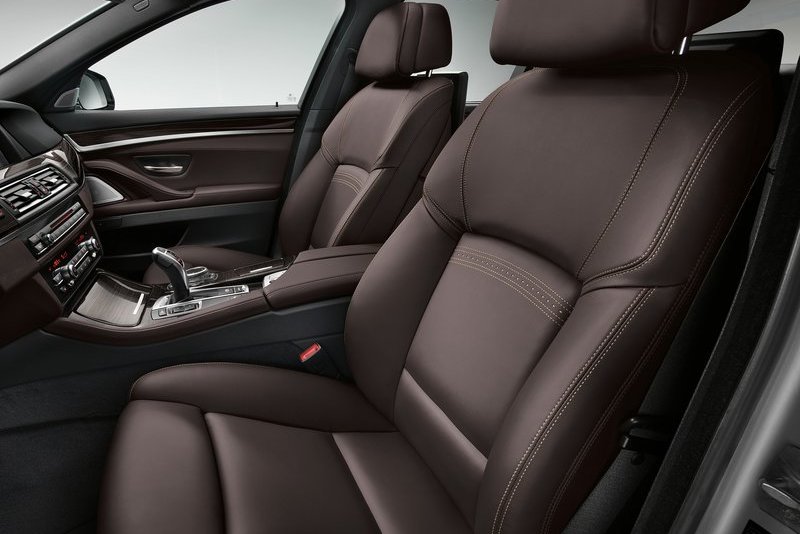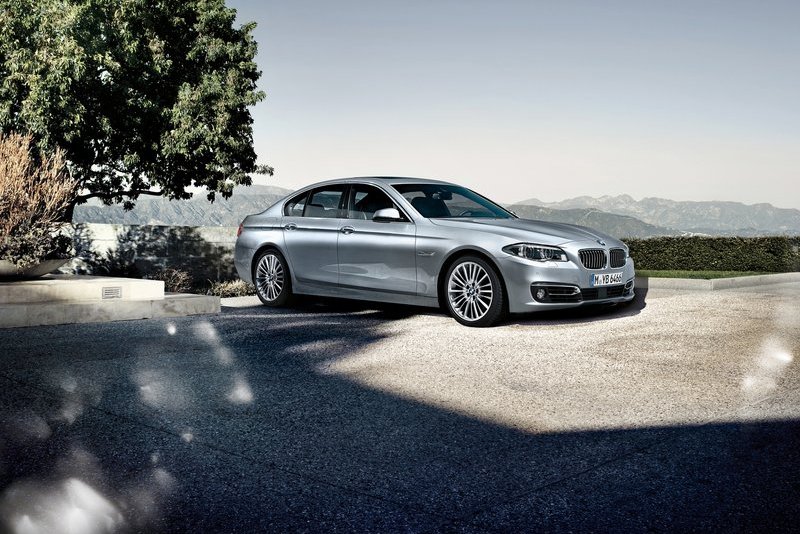BMW adds a diesel, refines its interior
When it comes to making luxury vehicles, no one does it better than the German trio. Of course, BMW, being a member in that exclusive club, has to constantly update their cars to keep up with their European and Asian competitors. As such, BMW is refreshing its 5-Series for the 2014 model year.
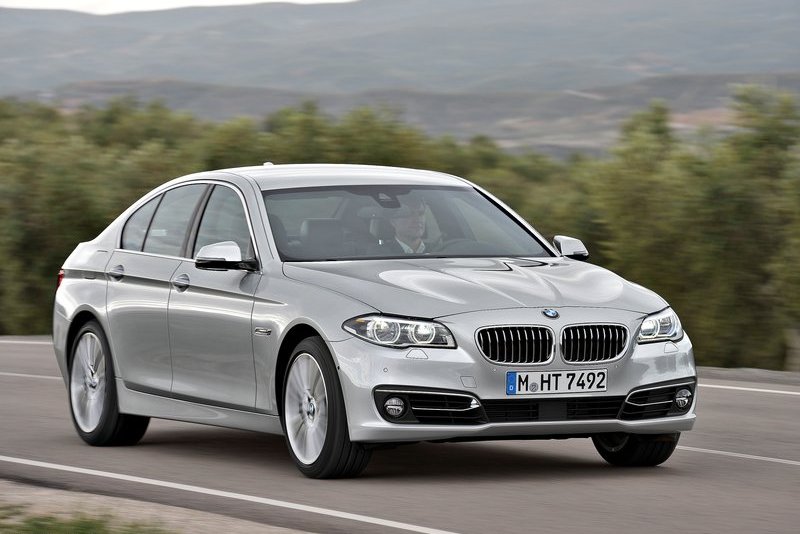
So what did BMW do to improve on the excellent 5-er? As with any self respecting German Automaker, BMW added more luxurious features and a lot more power to the car. The turbocharged V8 in the 550i makes 45 bhp more than the outgoing 5-er. The extra power means that the car is capable of launching itself towards the horizon and hit 100km/h in just 4.5 seconds, which is not too far off what the M5 can achieve. All engines are mated to an eight-speed auto, although a six-speed manual is offered as a no cost option on some models. Keeping in tune with downsizing trends, BMW has inserted a new, entry-level diesel powerplant in the F10 shell. The turbocharged 2.0-liter 4 cylinder in the 518d produces 143 bhp and 360 Nm of torque.
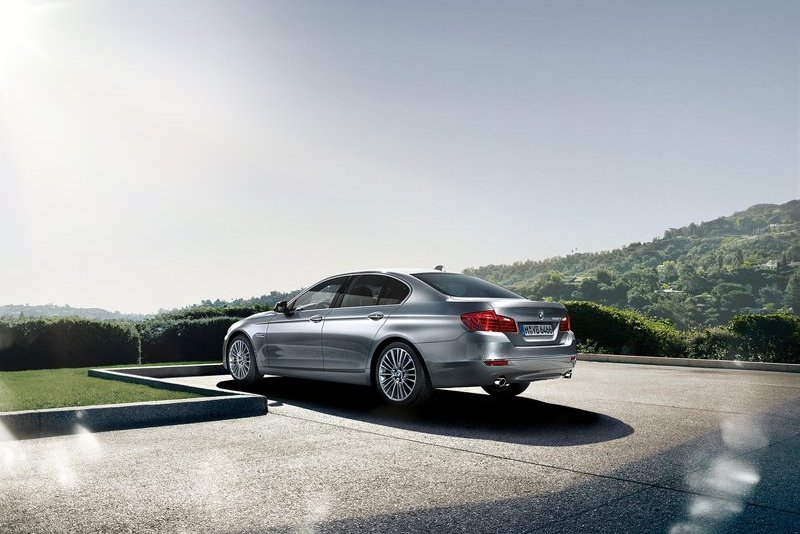
However, adding power and lowering consumption aren’t the only things BMW did to improve the 5-er — they’ve loaded the car up with even more tech as well, one of which is a coasting mode. This allows the engine to be disconnected from the rest of the drivetrain when coasting to improve fuel economy. Slight tweaks in aerodynamics have contributed to the improved fuel economy too.
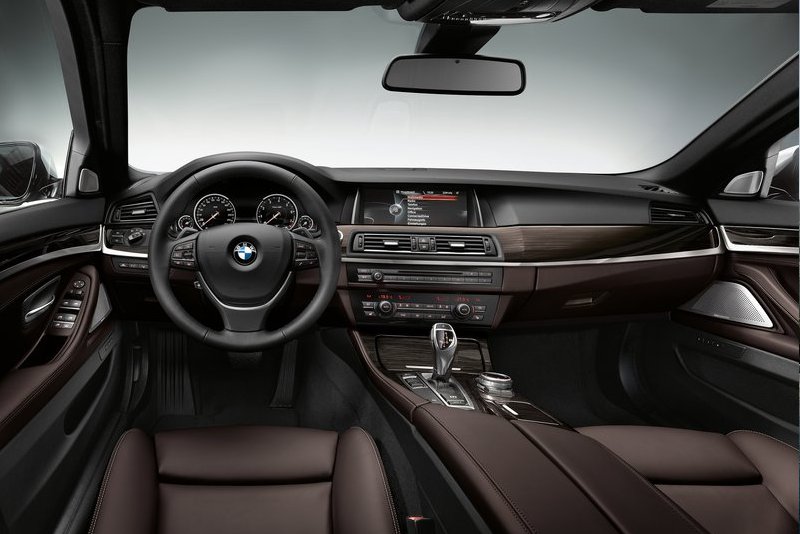
However, adding power isn’t the only thing BMW did to improve the 5-er — they’ve loaded the car up with even more tech as well, one of which is a coasting mode. This allows the engine to be disconnected from the rest of the drivetrain when coasting to improve fuel economy. Slight tweaks in aerodynamics have contributed in the improved fuel economy too.
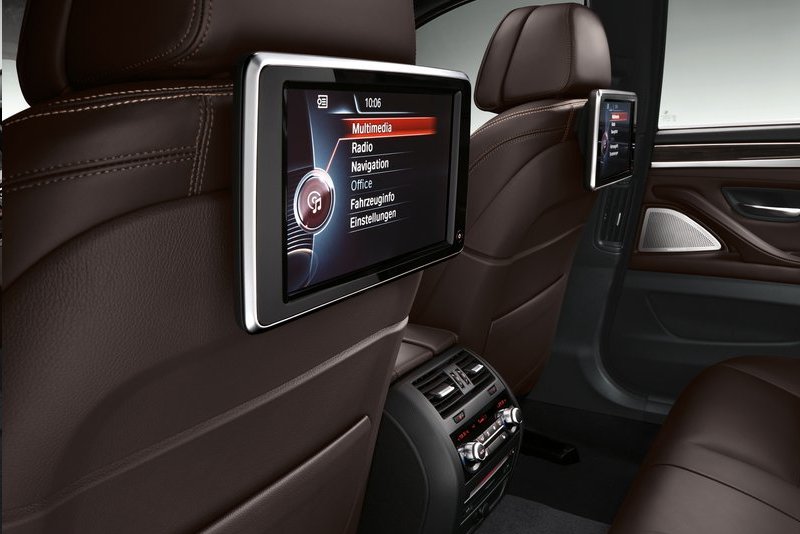
It isn’t easy trying to update your car in such a way that it beats what the rest of your rivals are doing or have already done. However, BMW has pulled it off. They have managed to clean up the look of the car, while improving on performance and fuel economy. While their closest rivals are working on hybrid technologies, BMW has opted for a more radical approach to save fuel. Has it worked? In a way, yes. The car uses less fuel and lugs around less weight as compared to its hybrid rivals. Maintenance would be cheaper too, as there are no costly batteries to replace every few thousand kilometres. More performance, a lower maintenance cost and improved fuel economy? How can the F10 5er get any better?
